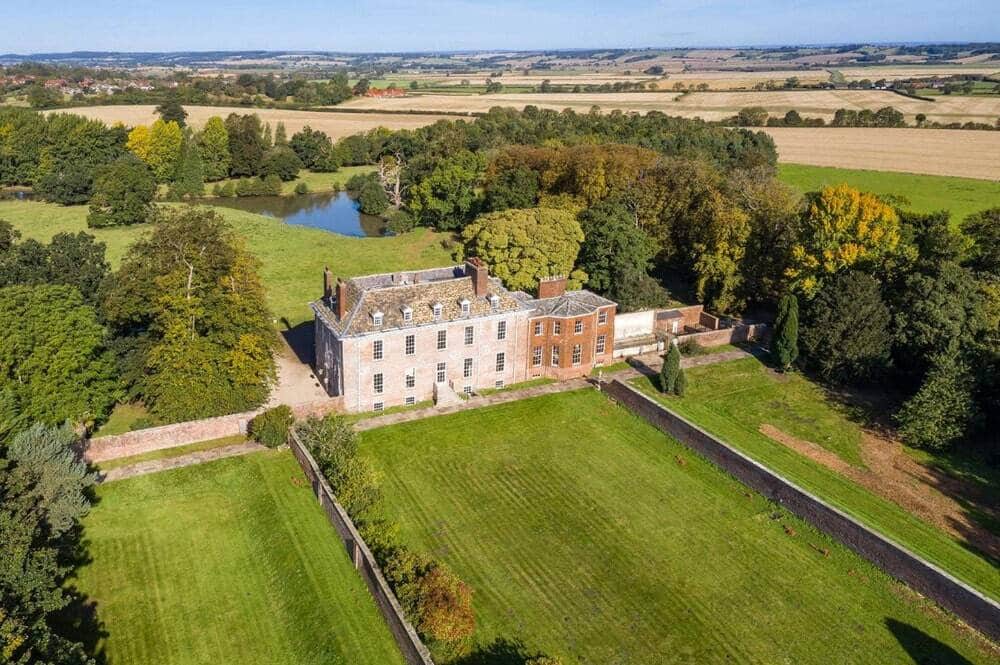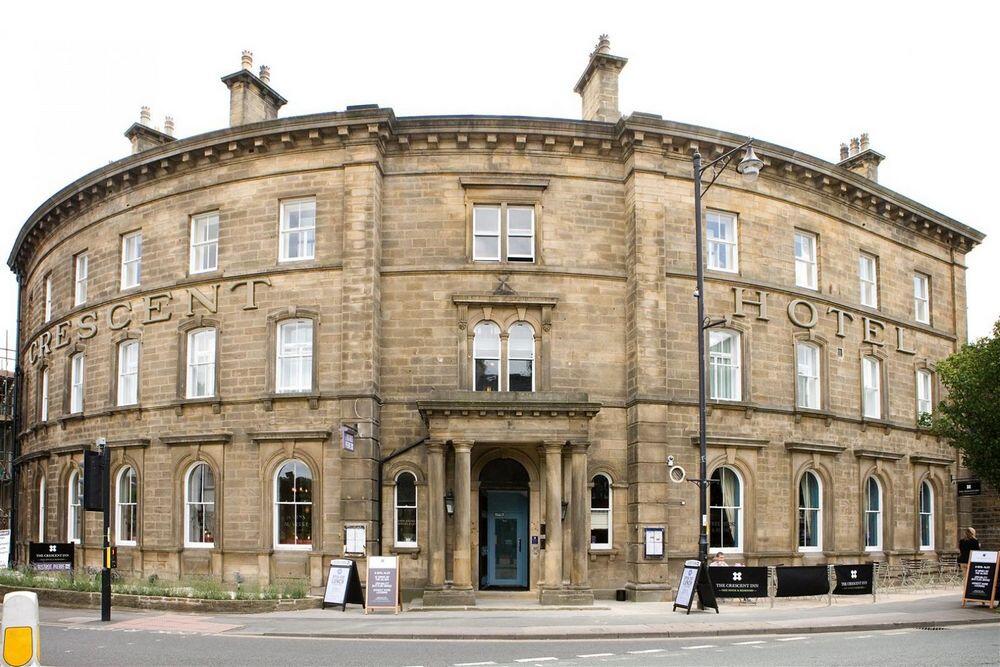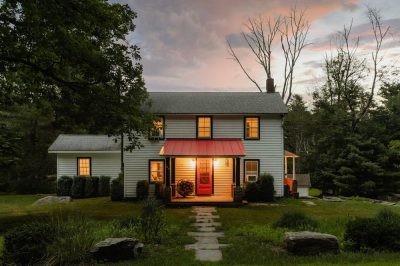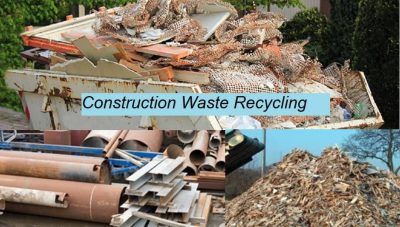
Listed buildings are embodiments of the UK’s rich cultural heritage. They are of great interest not only because of their age, rarity, and aesthetic merit but also because of their history. Their historic significance and architectural value make them treasured assets protected by law, ensuring they survive for the future generation.
Generally, all buildings built before 1700 that retain a significant portion of their original condition are listed. The same is true with most structures constructed between 1700 and 1840. After this period, a careful selection process applies before a building is listed. Although it rarely happens, buildings less than 30 years old can be listed if they are of exceptional quality and are in danger.
Aside from their historical and architectural importance, listed buildings impact the economy by attracting local and foreign visitors. According to a study, many listed properties make a lucrative, popular, and productive base for commercial businesses. They are also especially appealing to start-up companies in the creative and cultural sector. Moreover, listed residences have a higher return on investment, making homeowners secure about the marketability of their property should they decide to sell in the future.
Strict laws seek to maintain the unique and original characteristics of listed buildings. Making alterations to these protected structures requires a sensitive and respectful approach. However, listed properties must also adapt to the ongoing changes in building regulations, from keeping people safe to promoting equality to protecting the environment. Here are four areas you need to consider to ensure you stay compliant with laws on listed structures.

Get Consent and Permission
You may not demolish, extend, or radically modify a listed building without special consent from the local planning authority. Owners of such properties must abide by the Planning (Listed Buildings and Conservation Areas) Act 1990 and the Town and County Planning Act 1990. The legislation ensures the preservation of the unique architectural and historical characteristics of listed structures. Unauthorised work is a criminal act and will subject the offender to prosecution. Furthermore, any owner will have difficulty selling a property that does not have a Listed Building Consent for the work done. To strongly advised to approach qualified and UK knowledgeable listed building architects to help guide your through the process, ultimately saving you time and money.
The entire building may be listed or only portions of it. Any application for consent should provide precise details such as plan, layout, and drawing to help the reviewing committee properly access the changes. Consent and planning permission requirements vary depending on the type of the historic asset.
Modifications depend on the importance level of the listed property, with Grade I being the strictest and Grades II and III a little more flexible. For most structures, you can change the design or colour of the roof, replace windows, refurbish interiors, or add an extension. Some buildings, however, must stick to their original form as much as possible. If there’s a need to repair damages or reconstruct parts, the guidelines require using materials that are the same or similar to the original ones.
Part M – Disabled Access
There is a misconception that listed buildings, because of their age, design, or historical nature, are exempt from having disabled access. Adding one is impractical, even impossible, as it could jeopardize the character of the structure. However, every person has a right to enjoy and explore historic places and sites. To promote this, the Equality Act 2010 mandates that all buildings must be mobility accessible.
With sufficient planning, careful deliberation, and exploration of creative alternatives, you will find clever ways to incorporate disabled access into a listed building without sacrificing its visual appeal. Such include integrating handrails, temporary or permanent ramps, and retracting stairlifts for easy entry, exit, or passage. For instance, a passenger lift was constructed within the 17th-century Whitby Abbey to access the ruins more conveniently. In some cases, contractors can improve access without making physical changes. They can create alternative routes or restructure the use of spaces.
Improved access is not only for persons with disabilities or special needs. It can also benefit pregnant women, parents pushing strollers, older people who have issues climbing stairs, and even young children.

Energy Compliance
Historic and traditionally constructed buildings or those within a conservation area are exempt from acquiring an Energy Performance Certificate (EPC) if adherence to the requirement ‘would unacceptably alter their character or appearance.’ But if the work to be carried out does not compromise the structure or lead to property damage, the building should comply with the energy efficiency requirements.
For example, replacing old single-plane windows with double-glazed ones or installing solid wall insulation would considerably impact the look and nature of the building. Thus, the exemption applies. However, switching to a more efficient boiler or energy-saving LED lighting has minimal effects on the appearance or character of the structure. In such a case, the owners must follow the requirements.
The primary objective is to enhance energy efficiency as much as possible without endangering the building or increasing the likelihood of long-term decline. Of course, this is easier said than done. For this reason, Historic England came up with a set of guidelines to strike a balance between improving energy efficiency and preserving historic structures. It aims to help resolve conflicts that may arise from the two opposing sides by specifying the ‘exemptions’ and ‘special considerations.’ The guidelines also give practical advice on reducing energy use, particularly on saving fuel and power.
Carbon Compliance
It is common to assume that historic buildings are less environmentally sustainable than newer ones. Older properties rarely have thermal insulation, energy-efficient windows, or fixtures, while some may contain asbestos or volatile organic compounds that are serious health hazards. However, is demolishing old buildings to construct new ones the answer to reducing carbon footprint? Studies show that retrofitting an existing building is more conducive to environmental sustainability.
But the same dilemma exists – radically upgrading a listed building to make it more sustainable may be harmful to its heritage, significance, and fabric. Even so, there are ways to improve the energy and carbon compliance of most historic structures. It takes a holistic approach that understands the context of the building and the factors affecting energy use to devise an efficient carbon compliance strategy.
There are, however, simple but effective methods that can cut energy use and ultimately carbon emission. It starts with changing occupants’ behaviour towards environmental consciousness. Fix faulty or malfunctioning controls and systems, repair window shutters and awnings, install draught-proofing and loft insulation. Furthermore, workers doing the retrofitting must undertake compliance training and collate carbon literacy knowledge as it helps them choose stion methods that keep their carbon footprint down.








